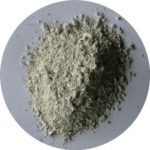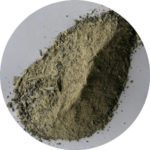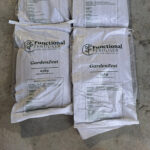The new administration appears to be lightening up on farming’s environmental constraints already in place and those planned.
In our view that’s welcome and essential, not because farming is squeaky clean but because the models on which regulation is developed have at their base a falsehood.
Current models are based on the premise that pastoral farming is both a net carbon dioxide and nitrous oxide emitter with farmers being unfairly penalised.
Pastoral farming by nature is carbon positive, i.e., carbon is being continuously sequestered.
It is only through the excessive use of synthetic nitrogen that pastoral soils lose carbon. With the restrictions already in place along with many farmers implementing systems that are non-reliant on it, carbon levels will steadily increase.
The argument that our soils at around 5% carbon are carbon rich and there’s no room to store more ignores the fact that soils steadily build over time, it’s a natural and largely unstoppable process.
A simple example is the path to clotheslines. If the edges are not regularly trimmed the path becomes covered.
It’s often argued that farming emissions will decline as fewer animals are able to be carried due to the less nitrogen being applied.
It does not follow that lowering fertiliser nitrogen inputs leads to less total growth, with those implementing soil fertility programmes that are non-reliant on fertiliser nitrogen discovering that annual pasture production steadily lifts, and when well managed so too does total farm output.
These farms also sequester more carbon, and carbon in the form of organic matter is the filter that ensures groundwater is not contaminated with excess nitrates or anything else harmful.
Another argument that requires dispelling is that nitrogen leaches regardless of source.
Nitrogen is an essential growth element and if not provided artificially must be provided naturally, primarily by clover.
During winter clovers are largely inactive. As soil conditions warm and sunlight hours increase in spring grasses respond in kind, until the pool of plant available nitrogen depletes.
This happens at the same time soil temperature promotes seed head development, providing the ideal conditions for strong clover growth.
In a well-managed sward clovers fix sufficient nitrogen to replace that used by grasses. It’s a highly efficient system that ensures very little is lost in the form of nitrate to groundwater.
Cow urine is often cited as a problem as the nitrogen contained in it is in the form of urea and large amounts are deposited in small areas.
But not all urine is equal. Short leafy grass-dominant pasture to which synthetic nitrogen is regularly applied is high in nitrogen and animals rapidly excrete it to reduce undue pressure on kidney and liver.
Contrast this to the urine of animals grazing mature clover dominant swards. This feed contains less nitrogen and more full protein, and the urine of these animals is significantly different.
Our requirement for protein is the primary reason people eat meat and consume dairy products. Pastoral farming is an energy conversion process whereby energy in the form of sunlight is, through the process of photosynthesis, converted to food.
Plants in the rapid growth phase are high in nitrate which is steadily converted to full protein as the plant reaches maturity.
Understanding when best to graze pasture comes with knowledge learned over time through observation.
The understanding required to make the changes is readily learned and the transition to a more rewarding system can be comfortably made within twelve months with autumn the best time to implement the changes.
For more information talk to Peter on 0800 843 809.




